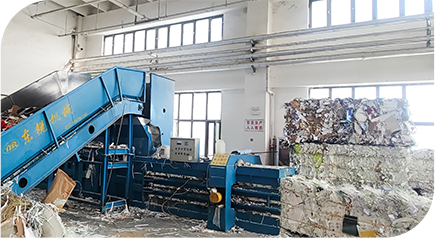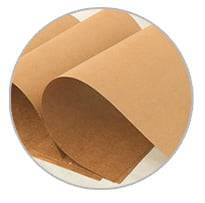Introduction

Parchment paper has become an indispensable kitchen tool for bakers thanks to its non-stick properties that prevent baked goods from sticking. The rise of reusable, sustainable alternatives like reusable parchment paper sheets aims to cut down on waste from single-use parchment. However, reusable parchment paper comes with its own unique challenges compared to the traditional disposable kind. This article will explore 5 difficult aspects of reusable parchment paper that users should understand.
The Higher Upfront Cost
Reusable parchment paper represents a larger upfront investment than standard parchment paper which just gets discarded after each use. Considering a pack of 100 disposable parchment sheets costs around $5-10, the $20+ price tag for just a single reusable parchment paper sheet can deter buyers. See a cost comparison below:
| Type | Price | Quantity | Cost per Use |
|---|---|---|---|
| Disposable Parchment | $8 | 100 sheets | $0.08 |
| Reusable Parchment | $20 | 1 reusable sheet | $0.20+ |
However, reusable parchment lasts for over 500 uses which saves money long-term while preventing parchment waste. But the high initial price is prohibitive for many buyers.
Maintaining Non-Stick Properties Over Time
The non-stick silicone coating on reusable parchment paper must withstand hundreds of uses in ovens at high temperatures without degrading. However, durability issues can arise:
- Coating scratching or flaking with heavy use
- Discoloration and browning from oven heat exposure
- Warping when exposed to temperature fluctuations
- Loss of non-stick properties without proper care
This means extra care must be taken when cleaning and storing reusable parchment compared to the disposable version. Proper use guidelines also need to be followed to maximize longevity of the non-stick coating properties.
Lack of Absorbency for Greasy Baked Goods
While silicone coatings enable excellent non-stick release, they leave reusable parchment paper with almost no absorbency. This poses difficulties for greasy baked items like bacon, pastries, and cookies where excess oil release can cause smoke and oven mess. Disposable parchment paper soaks up these greasy releases. Without any absorbent qualities, reusable parchment requires another layer like paper towels when baking these oily foods.
Surface Markings Interfere with Product Photos

The utmost smooth surface of disposable parchment paper provides the perfect clean backdrop for photographing baked creations. But reusable parchment sheets develop inevitable surface markings, stains, and scratches with repeated use that detract from aesthetic food photos. Light discoloration also occurs over time with heat exposure. This frustrates bloggers, cookbook creators, and others who rely on pristine parchment backdrops for best presentation.
Care Must Be Taken With Certain Foods
Reusable parchment paper sheets cost too much to risk exposure to staining foods like blueberries or damage from sharp utensils. But avoiding certain baking scenarios reduces the usefulness of reusable parchment and requires maintaining separate disposable parchment paper for special use cases. Restricting application contradicts the original sustainability goals.
Proper care also demands avoiding cutting directly on reusable parchment which immediately damages the coating. This differs from the carefree use that disposable parchment paper enables.
FAQ
How long does reusable parchment paper last?
With proper care like avoiding sharp tools, most reusable parchment sheets provide non-stick performance for over 500 uses. Gradually the silicone properties can degrade but should maintain functionality for years depending on baking frequency.
Is reusable parchment paper better for the environment?
Absolutely – A single reusable parchment sheet prevents hundreds of single-use parchment papers from hitting landfills over its lifetime. Even with higher energy and water requirements for cleaning, the waste savings are substantial. 1,500 uses prevents over 6 pounds of waste vs. disposable parchment.
Should I have separate reusable parchment for sweet and savory baking?
Yes, keeping a dedicated reusable parchment for cookies, bacon, etc. helps prevent the paper absorbing unwanted flavors. A second sheet reserved just for cakes, muffins, etc. prevents interfering flavors.
Can all baking pans fit on a reusable parchment sheet?
Most reusable parchment paper sizes (roughly 16 x 24 inches) accommodate standard baking sheets, cake pans, etc. But very large roasting pans may not fit the reusable sheets available today. Disposable parchment rolls are better suited for oversized bakeware.
Conclusion:Reusable Parchment Paper
Reusable parchment paper makes an excellent sustainable alternative to single-use parchment with substantial long term waste savings. However, drawbacks like high upfront investment, care demands, loss of absorbency, photo suitability issues, and restricted applications provide difficulties that disposable parchment paper does not pose. These unique challenges currently inhibit widespread reusable parchment adoption. But as materials and coatings continue improving reusable parchment’s durability and versatility, wider acceptance should occur. Understanding both the promising waste reduction benefits alongside particular use difficulties will help consumers make informed decisions about integrating reusable parchment into their kitchens.
